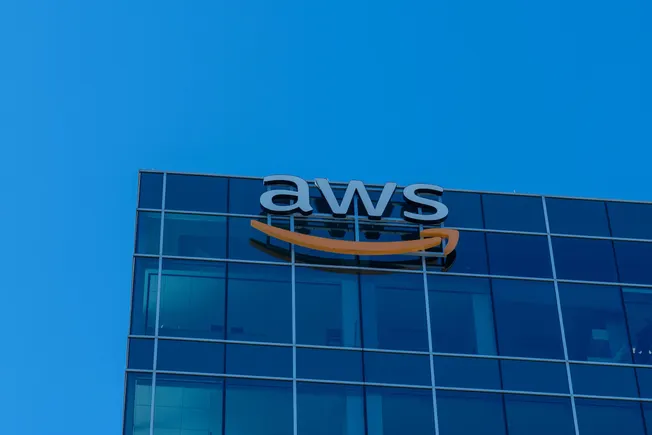How One Minute Software Glitch Paralyzed Global Digital Services

On Monday, a minor technical hiccup in Amazon Web Services infrastructure spiraled into one of the most significant digital disruptions in recent memory, according to Amazon’s comprehensive incident report released Thursday.
The problem started when two automated programs tried updating the same information at precisely the same moment, creating a technical conflict that mushroomed into a full-scale crisis demanding immediate intervention from Amazon’s technical specialists.
Businesses and Consumers Left Stranded
The ramifications extended across numerous industries and affected millions of users globally. People found themselves unable to order meals through delivery apps, hospitals lost connectivity to critical medical networks, banking customers couldn’t access their accounts, and homeowners were locked out of their smart security systems. Major brands like Netflix, Starbucks, and United Airlines faced unexpected service blackouts, preventing customers from accessing essential online services.
Amazon issued a formal statement through their AWS portal expressing regret over the incident’s impact. The technology giant acknowledged the substantial consequences experienced by their customers and vowed to use this experience to enhance system reliability and prevent future occurrences.
The Root Cause Explained Simply
The technical failure centered on two competing software programs attempting to alter the same Domain Name System entry simultaneously—similar to two people trying to change the same phone book listing at once. This conflict created a blank entry that disrupted numerous AWS operations.
Angelique Medina, who leads Cisco’s ThousandEyes Internet Intelligence platform, used an accessible analogy to explain the situation. She described how the target destinations remained functional, but without proper addressing mechanisms, making connections became impossible—essentially, the entire directory vanished.
Professor Indranil Gupta from the University of Illinois electrical and computing engineering department offered another helpful perspective. He compared the situation to two students sharing a notebook for a class project, with one working quickly and the other at a slower pace.
The slower student works in intervals, occasionally creating inconsistencies with the faster student’s entries. Simultaneously, the quicker student regularly updates the work, erasing the slower student’s contributions as outdated. The final result appears as a blank or crossed-out page when reviewed.
Cascading Failures Across Systems
This “blank page” phenomenon crashed the DynamoDB database system, creating a domino effect throughout AWS infrastructure. Additional services including EC2, which supplies virtual servers for software deployment, and the Network Load Balancer, which manages network traffic, all experienced failures. When DynamoDB came back online, EC2 attempted to reactivate all servers at once, exceeding operational capacity.
Amazon outlined multiple corrective actions in response to the outage. These improvements include fixing the “race condition scenario” responsible for allowing the conflicting systems to interfere with each other, plus adding comprehensive testing procedures for their EC2 service.
Lessons in Crisis Management
According to Professor Gupta, while disruptions of this scale happen infrequently, they remain an unavoidable reality when operating massive digital infrastructures. What truly matters is how organizations manage and communicate during these events.
Preventing all major outages proves impossible, much like preventing human sickness, Gupta noted. However, he highlighted that corporate response quality and transparent customer communication during crises remain absolutely vital for preserving client relationships and demonstrating responsible business practices.
The incident serves as a reminder of modern society’s dependence on cloud infrastructure and the importance of robust backup systems and transparent communication protocols when failures inevitably occur.









